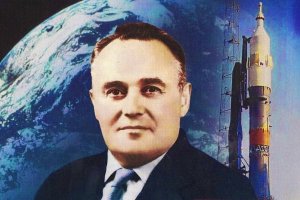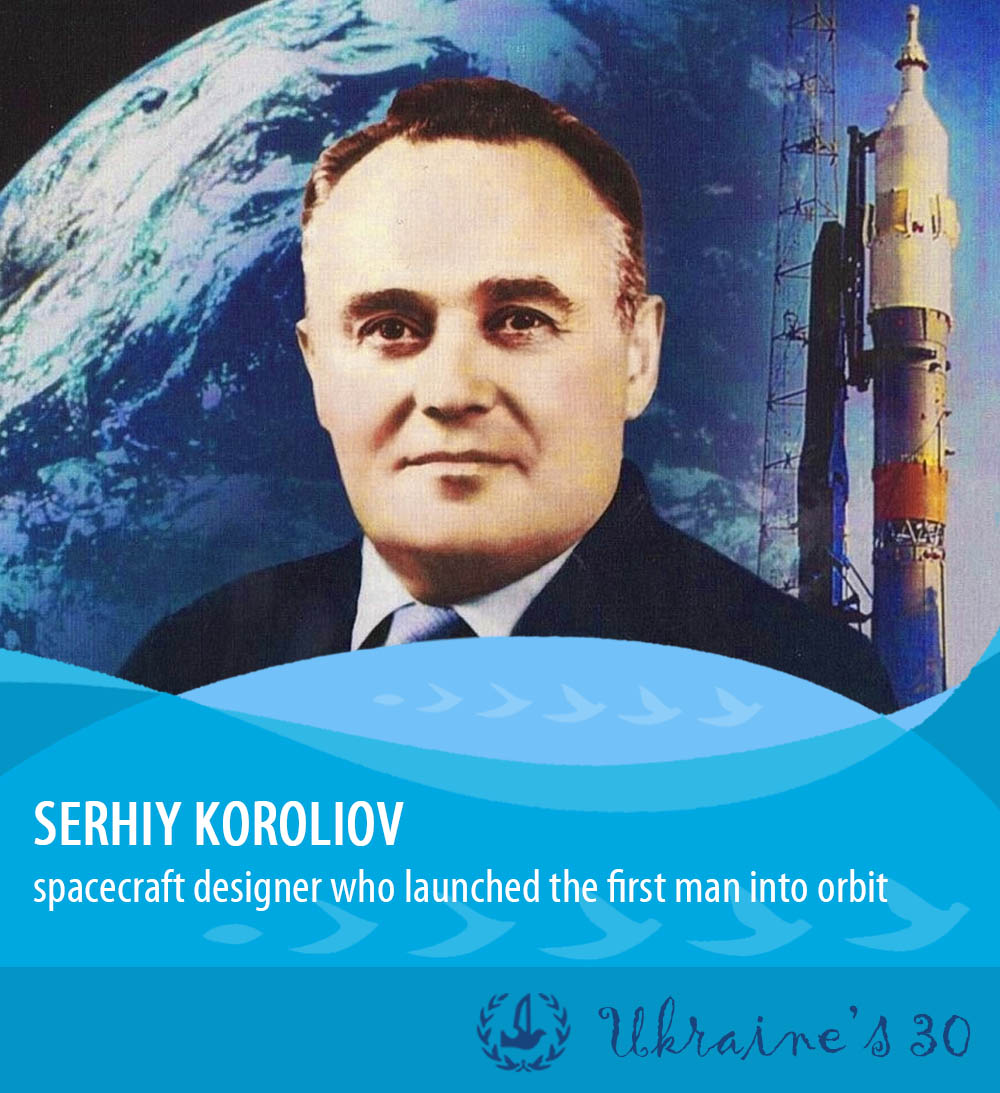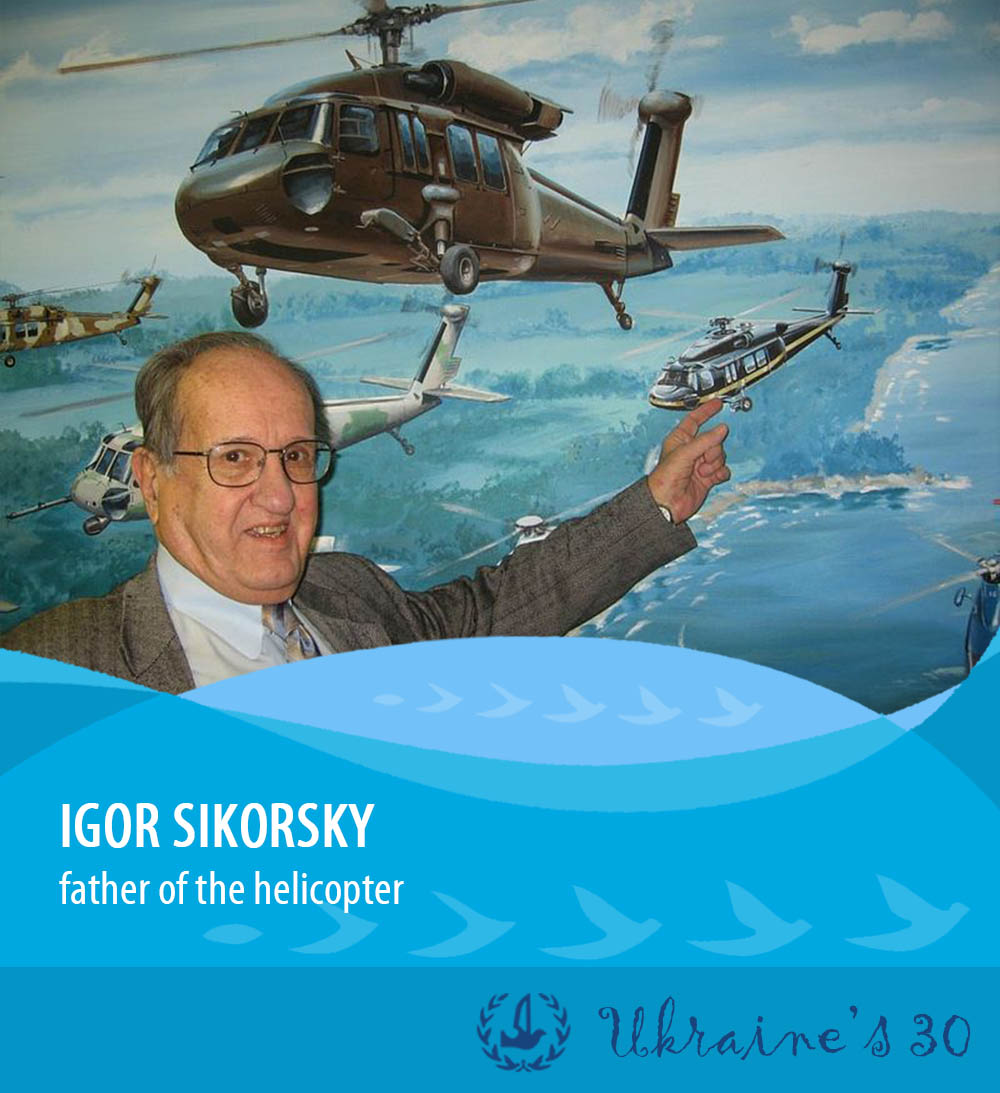On August 24, 2021, Ukrainians celebrate the 30th anniversary of the Independence of Ukraine, a landmark date in Ukraine’s nation-building journey.
On July 16, 1990, the new Ukrainian parliament adopted the Declaration of State Sovereignty of Ukraine, which established the principles of self-determination, democracy, independence, and the priority of Ukrainian law over Soviet law.
On December 1, 1991, Kyiv held a nation-wide referendum whereby over 90% of the population expressed support for the Act of Independence… and August 24 was officially adopted as Independence Day.
But, what is required for a country to become an independent state? One might argue the following points, but four main factors contribute to state-building: a people, a territory, a government, and the ability to conduct relations with other states on a sovereign basis. Ukraine has all of these, although some territories – Crimea and parts of Donetsk and Luhansk Oblasts – are currently occupied by Russia.
People are one of Ukraine’s most valuable assets, and today we focus on 30 prominent Ukrainians who, in one way or another, contributed to the transformation and development of Ukraine and the world in their relevant fields. You may argue that some were citizens of the Soviet Union, others left Ukraine and gained fame and fortune in another country. However, they have one thing in common – all were born, raised and educated in Ukraine and contributed at some point to changing the course of human history.
The list is not exhaustive, of course, and you may want to argue with our choices…
Today, we look at five personalities of the academic and scientific community.
Volodymyr Vernadsky, scientist who first defined the biosphere as a unifying, holistic concept for Planet Earth

Volodymyr Vernadsky (1863-1945) was a philosopher and scientist, one of the founders of geochemistry and biogeochemistry. He also founded the National Academy of Sciences of Ukraine (1918).
Vernadsky served as the first president of the Ukrainian Academy of Sciences, organized the Academy’s chemical laboratory, was active in Ukrainian geological and agricultural academic committees, and lectured at Kyiv University. During his presidency, the main institutes of the Academy and the scientific library were established, the largest in present-day Ukraine. In 1922, Vernadsky travelled to Paris where he worked with Marie Curie and lectured at the Sorbonne. In 1926, he returned to the Soviet Union, and from 1928 until his death he directed the USSR Academy of Sciences’ Radium Institute and Geochemistry Laboratory
Vernadsky organized many geological expeditions - from the Urals to southern Ukraine - in order to study natural resources. He conducted pioneering research on radioactivity in the natural environment including early studies of geochronology, wrote extensively on geochemistry, mineralogy, natural waters and the circulation of fluids and gases.
But, Vernadsky’s central idea was the biosphere. His most important work The Biosphere defines the biosphere as a unifying, holistic concept for Planet Earth, a revolutionary approach way ahead of his time. He also wrote The History of Natural Waters, which explores many concepts in hydrogeology, geochemistry, and especially biology.
Vernadsky advocated the then-revolutionary concept of noosphere to emphasize man’s essential role in the biosphere.
On July 20, 1995, the British Antarctic Faraday station was transferred to Ukraine and named after Volodymyr Vernadsky.
Serhiy Koroliov, spacecraft designer who launched the first man into orbit

Serhiy Koroliov (1907–1966) was a spacecraft designer, rocket engineer, and the architect of the Soviet space program.
Born in Zhytomyr, Koroliov studied at the Odesa Building Trades School, the Kyiv Polytechnic Institute, and the N.E. Bauman Higher Technical School in Moscow. He was placed in charge of systems engineering for Soviet launch vehicles and spacecraft. He directed the design, testing, construction and launching of Vostok, Voskhod and Soyuz spacecraft.
Koroliov was arrested by the NKVD in June 1938 after being accused of deliberately slowing the work of the research institute where he worked. His property was confiscated and he was sentenced to Siberia and then to a special penitentiary (sharashka) designed for intellectuals and scientists.
The Ukrainian genius, who designed the first satellite (Sputnik-1 in October 1957), launched the first animal into space (Sputnik-2 carrying the dog Laika) and the first astronaut into space (Yuri Gagarin in April, 1961), never spoke of his experiences in the Gulag and lived in constant fear of being executed for the military secrets only he possessed.
Koroliov’s name was never revealed to his workers. He was known as “Chief Engineer” and all his accomplishments were not revealed, even after Gagarin’s launch into space.
Serhiy Koroliov was officially rehabilitated in April, 1957, but his name was kept secret until his death.
Mykola Amosov, internationally recognized heart surgeon, author of medical literature

Mykola Amosov (1913–2002) was a heart surgeon, a prolific author, and an active member of the Academy of Sciences of the Ukrainian SSR and the Academy of Medical Sciences of Ukraine from 1993.
Amosov was the director of the thoracic and heart surgery clinic at the Kyiv Scientific Research Institute of Tuberculosis and Thoracic Surgery, serving as director from 1983 to 1988. In 1955 he founded the first heart surgery clinic in Ukraine, which later became the Amosov National Institute of Cardiovascular Surgery. He also initiated the Ukrainian school of biological, medical, and psychological cybernetics. He authored over 400 scholarly works and 19 monographs, including an outline of thoracic surgery (1958), a guide to surgery for heart defects (1969), and a study of algorithms of the brain (1975).
Over his many years of practice, Mykola Amosov saved hundreds of lives. He was a talented innovator, author of many books and a philosopher. He was the first in the Soviet Union to perform a mitral valve replacement, the first to operate heart diseases, and in 1965 he created and implemented the world’s first antithrombotic artificial heart valve.
Amosov advocated a rational diet and lots of exercise. He believed that humans commonly suffered from greed and laziness and had an interesting view of the human body:
“A human is a complex, self-learning and self-organizing system. The human system uses a multitude of strictly defined programs. If the body develops according to the program, the person is healthy. Sickness, on the other hand, is nothing but a manifestation of program erosion under the effect of biological, physiological, and other external forces.”
Amosov is one of the most recognized Ukrainian scientists in the world. His work in cardiac surgery, biocybernetics and tuberculosis treatment has been published several times in Europe, the United States and Japan.
Igor Sikorsky, father of the helicopter

Ihor Sikorsky (1889–1972) was an outstanding aviation pioneer, aircraft designer of both helicopters and fixed-wing aircraft. Sikorsky began building his first primitive helicopter at the age of 20, as a student at the Kyiv Polytechnic Institute. In 1913, he created the first four-engine aircraft, Rusky Vytiaz. Then - the passenger plane Ilya Muromets, on which he personally carried out a return flight with three passengers from St. Petersburg to Kyiv in 1914.
Born in Kyiv, Sikorsky fled the Bolshevik Revolution and immigrated to the United States in 1919, where he founded the Sikorsky Aircraft Corporation in 1923, and developed the first of Pan American’s ocean-crossing flying vessels in the 1930s.
In July 1929, the Sikorsky Company became part of the United Aircraft and Transport Corporation (now United Technologies Corporation). In 1939, he flew his first single-rotor helicopter, the Vought-Sikorsky
VS-300. Sikorsky then modified the design and created the Sikorsky R-4, which became the world’s first mass-produced helicopter in 1942 and also one of the main means of transportation for American presidents and the Queen of England.
Today, Sikorsky’s name is synonymous with the successful development of three important types of modern aircraft: the large four-engine airplane, the giant flying boat, and the unique and versatile helicopter, each of which has played a vital role in the development of world aviation.
He is considered to be the father of the helicopter because he invented the first successful helicopter upon which further designs are based. In a way, he realized the dream of Italian inventor Leonardo Da Vinci, whose drawings of an ornithopter flying machine inspired further engineers to pursue the idea over centuries, until it Sikorsky brought it to fruition.
Borys Paton, inventor of revolutionary welding techniques

Borys Paton (1918–2020) was an inventor and an eminent scientist in welding, process metallurgy and materials science who won world-wide respect and recognition. He was also chairman of the National Academy of Sciences of Ukraine, a position he held from 1962 until his death. He authored over 1,000 publications, including 20 monographs and was responsible for more than 400 inventions.
Boris Paton was once offered to chair the USSR Academy of Sciences in Moscow, but he refused. He was convinced that he should continue working in Kyiv, at the Ukrainian Academy of Sciences and the Electric Welding Institute, which was founded by his father. In the early 1970s and 1980s Paton advised the Soviet authorities not to build the Chornobyl Nuclear Power Plant.
During the 1940s, Paton developed and refined the electroslag welding process at the Paton Welding Institute, and the Paton method was released to the West at the Bruxelles Trade Fair of 1950. He also researched and developed welding techniques to be used in space and underwater, and introduced welding in medicine.
Related:
- Ukraine’s 30: prominent Ukrainians who changed the country and the world. Part 1: Culture
- How Ukraine wants to make its space industry great again
- Top-10 space achievements of independent Ukraine
- Dnipro will not let Ukraine’s space glory be forgotten
- Awesome Ukraine, Part 1: Scientists and innovators
- How Ukraine can become a European Silicon Valley
- Ukrainian who enabled computer revolution awarded Ukraine’s highest honor in New York
- How a Ukrainian-born linguist cracked the Maya code
- Five Ukrainian startups that really went global
- Edible packaging and paper from leaves: six green startups from Ukraine
- Reversing Ukraine’s brain drain: mission possible? #UAreforms






